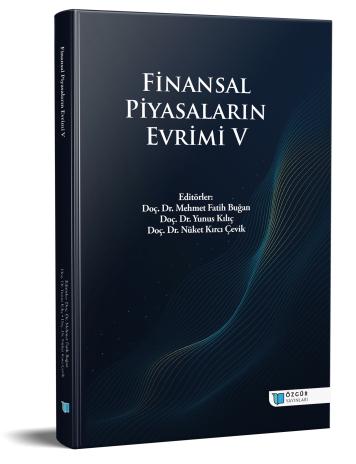
Volatility Comparison of BIST Retail Sector Stocks Before and After the Pandemic with GARCH Family Models
Chapter from the book:
Buğan,
M.
F.
&
Kılıç,
Y.
&
Kırcı Çevik,
N.
(eds.)
2025.
Evolution of Financial Markets V.
Synopsis
This study examines the impact of the COVID-19 pandemic on the volatility dynamics of retail- and trade-oriented companies listed on Borsa Istanbul through the application of GARCH family models. Using daily log returns of BIMAS, MAVI, TKNSA, SELEC, and DOAS stocks, representing five subsectors, the analysis covers the period from January 2018 to July 2025. The pre-pandemic and pandemic periods are compared. First, the stationarity of the series was tested with ADF and KPSS, autocorrelation with Ljung-Box, conditional heteroskedasticity with ARCH-LM, and normality with Jarque-Bera tests. Volatility modeling employed GARCH, EGARCH, GJR-GARCH, and TGARCH structures, while normal, t, and skew-t distributions were evaluated. Model selection was based on AIC, BIC, and log-likelihood criteria, and the residuals were validated through diagnostic tests. The findings indicate a notable increase in volatility accompanied by higher average returns in the post-pandemic period, along with asymmetric responses to shocks. In most cases, the best fit was achieved with EGARCH-t models, while for MAVI, a GARCH(1,1)-t specification was sufficient in the post-pandemic period, suggesting operational adaptation and stabilized volatility. Negative shocks had stronger effects on BIMAS and TKNSA, remained limited in SELEC, and shifted from extreme fluctuations to a more consistent structure in DOAS. Overall, the results reveal strong subsectoral heterogeneity in the retail industry and highlight the necessity of asymmetric, heavy-tailed distribution-based models during crisis periods. The study underscores the importance of updating regulatory risk measurement frameworks with t and skew-t based approaches and suggests that investors should prefer asymmetric volatility models in portfolio risk management.

